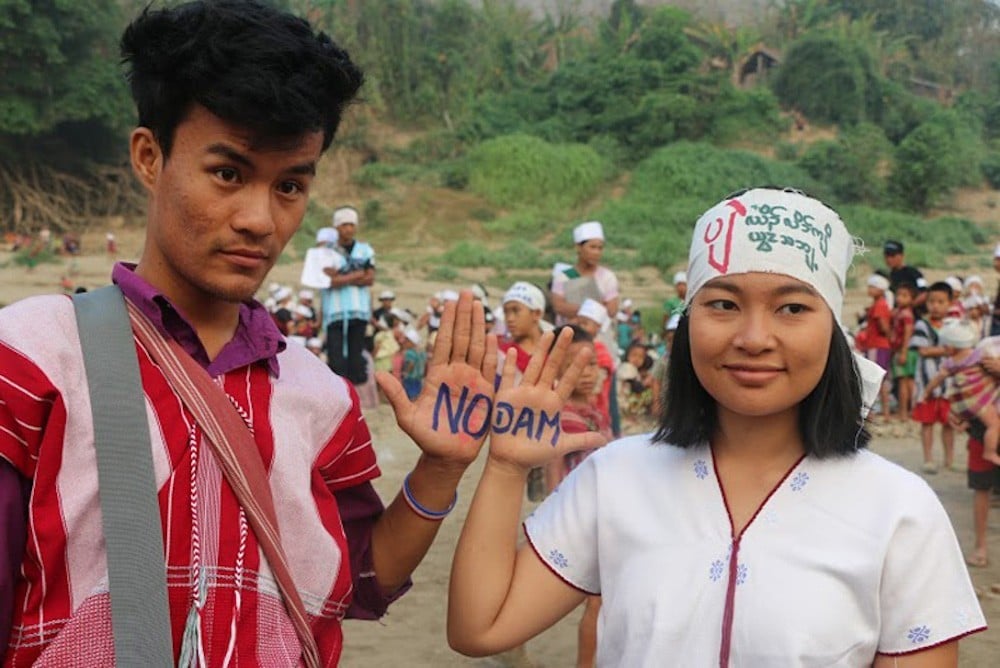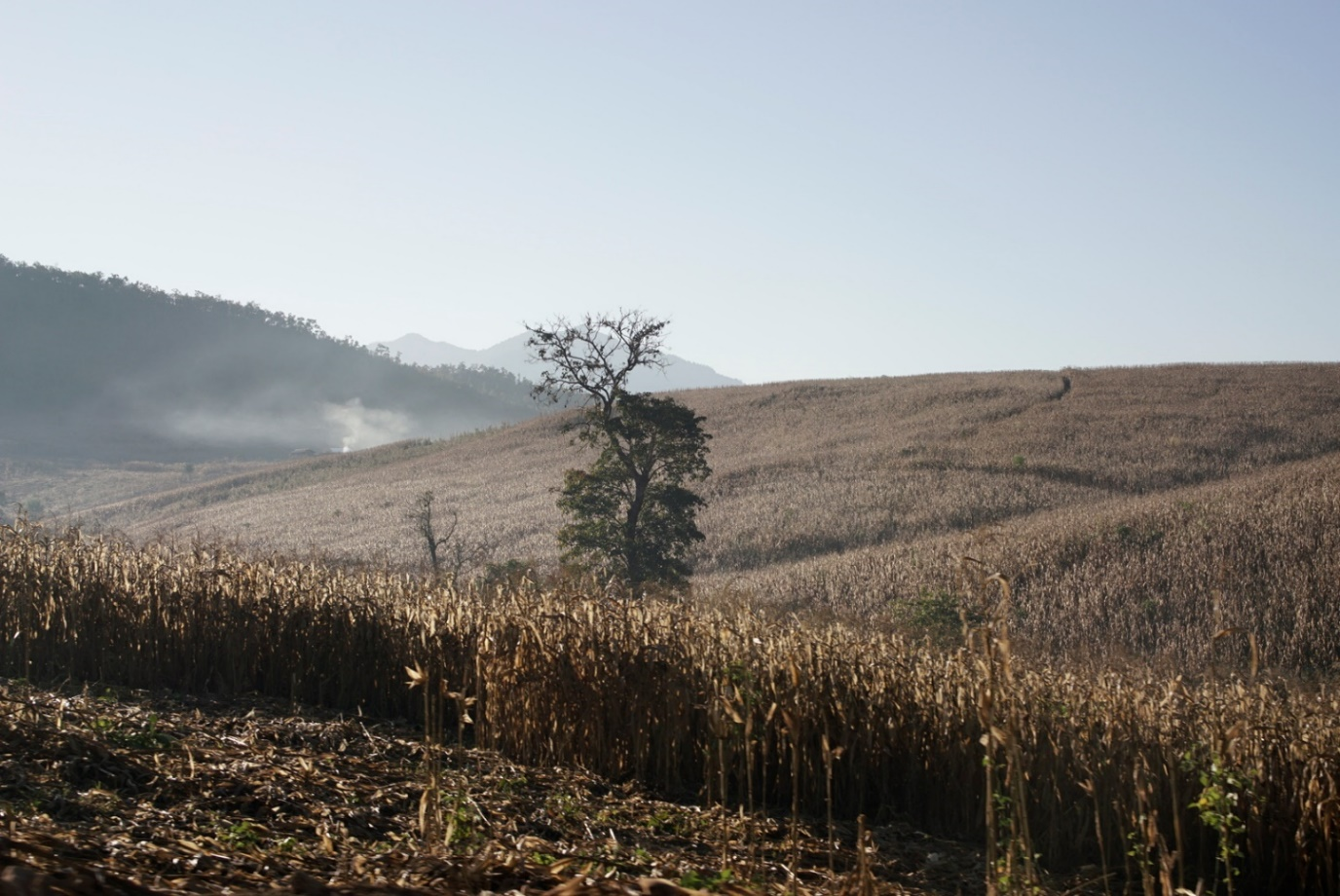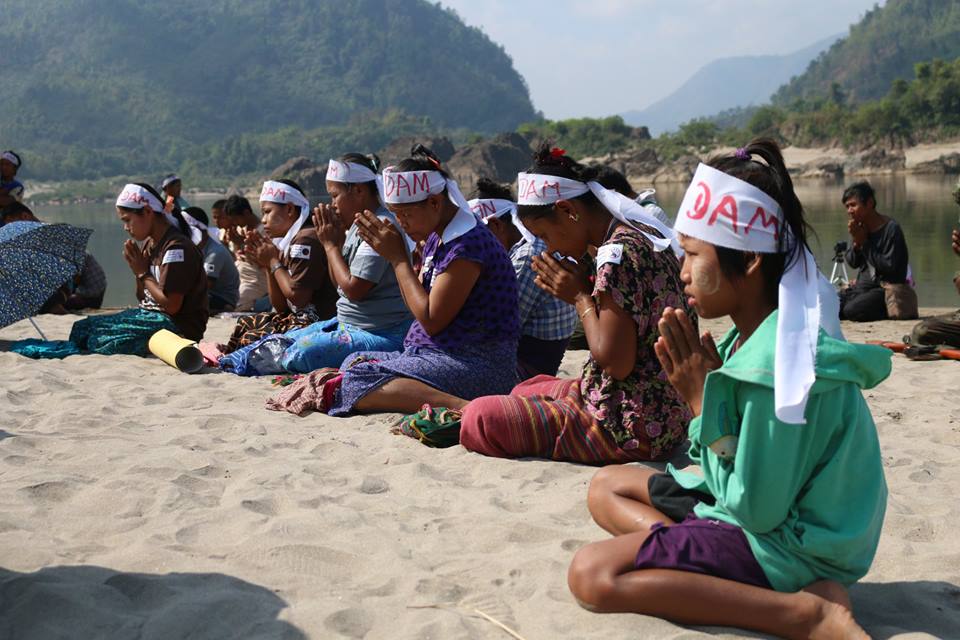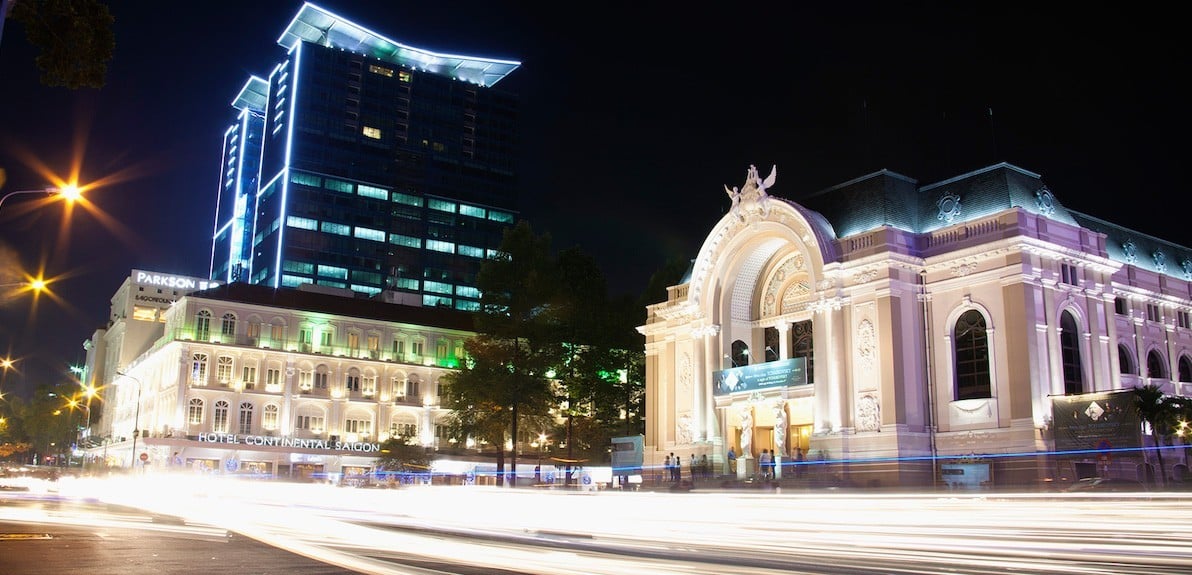Ethnic Shan, Mon and Karenni environmental activists have voiced strong concern over alleged government plans to push ahead with hydropower dams on the Salween River, which they believe would destroy the livelihoods of ethnic communities.
At a press conference in Rangoon on Wednesday, Shan environmentalist Sai Khur Hseng of the Sapawa organization claimed that U Htein Lin, permanent secretary of the Ministry of Electricity and Energy, said during a closed-door meeting in Naypyidaw in August that to fulfill Burma’s energy needs, planned dams should proceed on the Salween [also known a the Thanlwin] River.
“This discussion has not been made public yet,” said Sai Khur Hseng; this was the reason the press conference had been called.
The undammed Salween is one of the longest free-flowing rivers in the world, flowing from the Tibetan plateau through largely mountainous territory in China, Burma and Thailand, before draining into the Andaman Sea off Burma. Steep-sided and unnavigable over long stretches, its basin is home to some 7 million people and extensive biodiversity.
There are currently six dams planned for the Salween River, which have yet to be green-lit, according to the activists. Four are planned for Shan State—in Kunlong, Nong Pha, Mongton and Manntaung—one for Karenni State, in Yawthit, and another for Karen State, in Hatgyi.
Last month the Shan State government ordered the suspension of the planned hydropower dams in the state, pending a government investigation.
However, Sai Khur Hseng said that, under Burma’s largely centralized form of governance, the Shan State government does not have the authority to halt dam projects. The Union government has the power to override the state government “against the wishes of local people,” activists said.
China and Thailand are both invested in the Shan State dam projects. Under the current terms, they would receive up to 90 percent of the power generated, with only 10 percent going to Burma, according to Sai Khur Hseng.
The area around the dam planned in Mongton has seen on-and-off fighting between the Burma Army and the Shan State Army-South. The activists warned that proceeding with the dam could escalate the conflict and upset the fragile peace process. The ethnic Shan armed group is opposed to the dam because it is “against the wishes” of Shan locals. The proposed dam is also located near territory controlled by the United Wa State Army, Burma’s most powerful non-state armed group.
The proposed Nong Pha dam—deemed a high priority project, with Chinese backing—is located by territory held by the Shan State Army-North, which has been in active conflict with the Burma Army over the last year.
The activists claimed that the Burma Army has recently deployed more troops in the area around the proposed Nong Pha dam; renewed fighting could break out at any moment.
The Australia-based Snowy Mountains Engineering Corp conducted environmental and social impact assessments around the Mongton dam, claiming that locals were broadly accepting of the project. Shan environmental activists have since claimed that this was based on inadequate consultation, and that locals were actually strongly opposed to the dam.
“China understands the consequences of building dams because they have earthquakes. China is not building many more dams in their country […] but they come to build them in our country,” said Sai Khur Hseng.
Mi Ah Chai of the Mon Youth Progressive Organization (MYPO) expressed worry at the press conference over the harm the proposed Hatgyi dam in Karen State could inflict on local livelihoods.
A MYPO report titled “In the Balance,” updated this year, highlights how local Mon rely on the Salween River for their survival: growing vegetables, fishing and sending produce to markets by boat. The Mon youth group is concerned that the dam could substantially alter the flow and course of the river, and destroy its ecosystem.
“Our report showed how important the Salween River is for the Mon people,” said Mi Ah Chai.
“Something is wrong when our country only gets 10 percent [of the output] from the project, with other countries getting 90 percent. Our country also needs electric power,” she said.
Photo credit: The Irrawaddy





